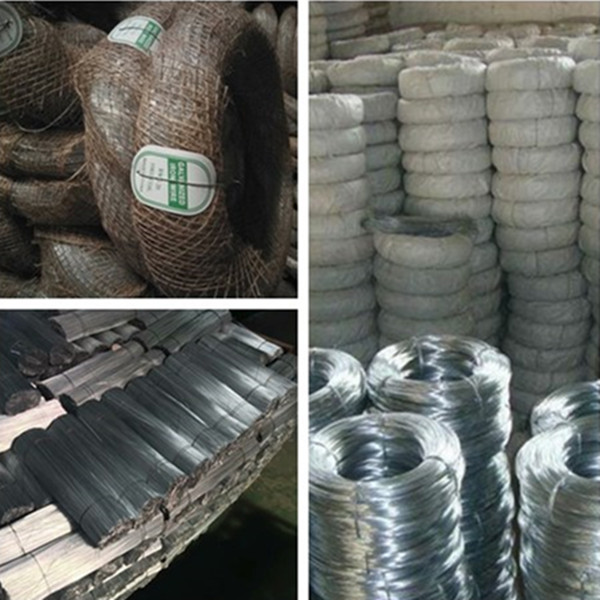Peacock Feeding and Management
Peacocks are popular ornamental birds, especially in economically developed regions. Over a decade ago, innovative individuals in these areas began breeding blue peacocks on a large scale, selling them to hotels and restaurants for special "peacock feasts." These feasts became a hit, with each peacock selling for 500 to 700 yuan. The low cost of raising peacocks is due to their diet, which is mainly plant-based, making feed easily accessible and affordable. Peacocks grow quickly, are easy to manage, and have strong disease resistance, leading to high breeding efficiency. They are considered symbols of good fortune, with delicious meat rich in protein, amino acids, and calcium. The demand for peacocks is increasing in cities like Shanghai, offering a promising market for both food and ornamental purposes.
Peacocks come in three main varieties: blue, green, and white. Blue peacocks were imported from India and are widely bred due to their high egg production and adaptability. White peacocks are a variant of the blue type, while green peacocks are native to China and are rare. Male peacocks can reach up to 2.2 meters in length, with vibrant plumage and a striking tail display. Their intelligence and boldness make them excellent fliers, though they often prefer perching rather than flying long distances. Even in harsh weather, they remain outside, so it's important to design their housing with adequate outdoor space, shelter, and proper ventilation.
Feeding peacocks requires a balanced diet of commercial feed, supplemented with green vegetables. Breeding begins at around 22 months of age, with a male-to-female ratio of 1:3. Proper nutrition, lighting, and environmental management are essential for successful reproduction. Eggs are laid between March and July, with an annual yield of 30-50 eggs. Artificial incubation is necessary, with specific temperature and humidity controls to ensure hatching success.
During brooding, young peacocks need careful attention, including controlled temperatures, clean environments, and appropriate feed. Vaccinations and parasite control are crucial during this period. Adult peacocks require a stable diet and regular health checks. Common diseases such as blackhead, coccidiosis, and salmonella must be prevented through vaccination and hygiene practices.
In summary, peacock farming offers great potential, provided that proper feeding, housing, and health management are maintained. With growing demand, this unique bird species can become a profitable and rewarding venture for farmers.
Metal Wire
Metal Wire
The metal wire including : galvanized wire, stainless steel wire, cutting metal wire, black annealed metal wire, U-type metal wire, PVC metal wire, thin low carbon steel wire, brass wire, nickel wire, etc.
The material of metal wire is metal wire rod & coiled bar and metal bar, the matel wire to be made by wire drawing equipment, annealing equipment and other specialized equipment. Through multi-pass drawing process and annealing, will be processed into different specifications of metal wire .
The metal wire be widely used in industry, agriculture, aquaculture, construction, transportation, mining and other fields .

Metal Wire,Galvanized Iron Wire,Stainless Steel Wire,Steel Wire,Barbed Wire
ANPING COUNTY SHANGCHEN WIREMESH PRODUCTS CO.,LTD , https://www.scwiremesh.com

